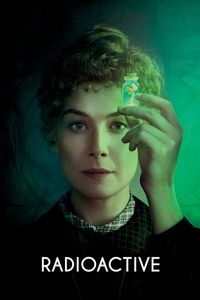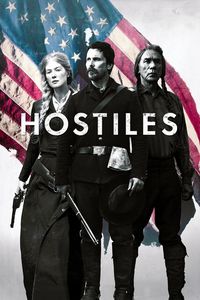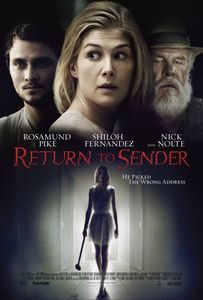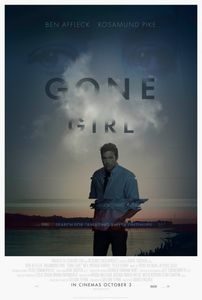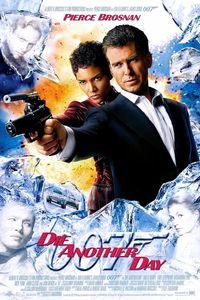I Care a Lot (2020)
(Amazon Streaming, March 2021) Even the most cynical “OK Boomer” critics will have a hard time not getting incensed over I Care a Lot’s protagonist in the opening moments of the film, as it shows a hardened “caretaker” deliberately engineering the takeover of a retired woman’s life in order to lock her up in a retirement home with no communication privileges, and liquidate her assets for profit. All legal, all ethical, she maintains — but as the attempted assault that begins the film shows, it’s a reprehensible racket. Rosamund Pike, in full-blown ice queen mode, truly sells the character and, along the way, earns our complete enmity. If you’re still around after that infuriating opening, things get far more interesting when it becomes obvious that the charming old lady that was taken away from her own life is revealed to be the mother of a ruthless crime boss (Peter Dinklage, quite good), who stops at little in order to get his mom back and ruin the life of the protagonist. As the responses and counter-responses escalate, we’re left hoping that no one will be left standing by the end of the film — while the homicidal mob boss is a terrible human being, our retiree-exploiting protagonist feels even worse. Alas, I Care a Lot has its own ideas about who should be the hero of this story, and it doesn’t earn itself any favour by giving all the breaks to its sociopathic protagonist cloaking herself behind gendered rhetoric. I know, I know — anti-heroes are in at the core of black comedies, and it does build to an ironic comeuppance of sorts. Still, I’m left more annoyed and unsatisfied by the result — I’d have plenty to say about cinematic amorality and how it’s now frequently presented as a progressive triumph when it bolsters traditionally downtrodden demographic segments, but I’m going to keep poking at that thesis until I get something more useful than reactionary out of it. In the meantime, what else to say? I Care a Lot is competent filmmaking from writer-director J. Blakeson with a pair of great performances at its centre, but any film that builds itself up on pure hatred for its protagonist shouldn’t be surprised if it finds itself in the cold.

